Humans have always had a fascination with the wild, capturing tales of beasts and predators that lurk in the shadows. Most of us think of animal attacks as rare occurrences, but there are certain creatures that have been known to actively hunt humans. While these incidents are extremely uncommon, it’s helpful—and thrilling—to know which animals have been documented to target humans and where they are most likely to strike. Dive into this list of creatures that give new meaning to the phrase “top of the food chain,” and discover where you might want to be extra cautious on your next adventure.
1. Lions: The Kings With a Taste for Humans
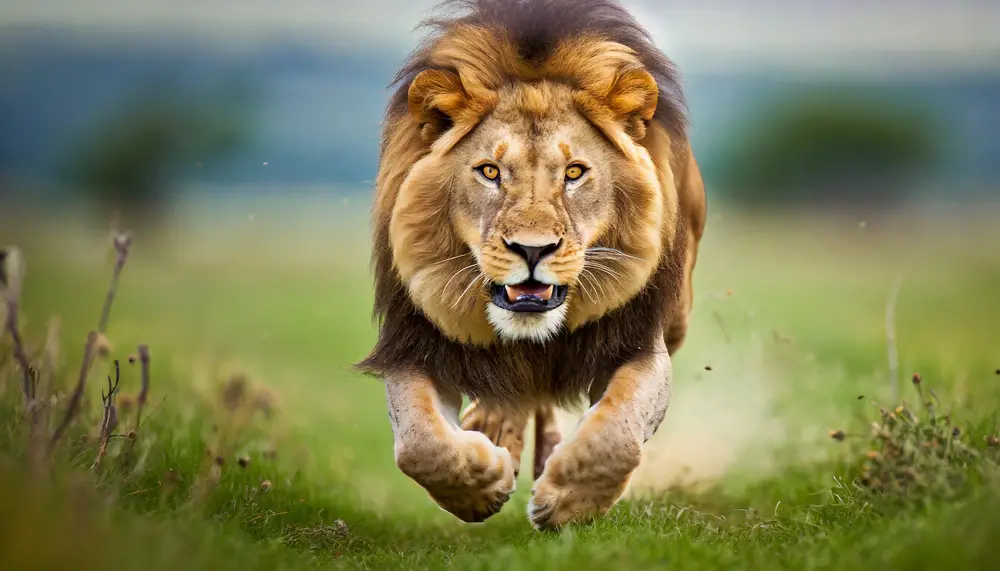
Lions, often romanticized as the kings of the jungle, have historically been known to hunt humans. This behavior is often attributed to old or injured lions that can no longer hunt their usual prey or when their natural food sources are scarce. The infamous “Man-Eaters of Tsavo” were a pair of lions that terrorized railway workers in Kenya in the late 19th century, and their story remains one of the most chilling examples of lions targeting humans. According to National Geographic, Tsavo lions continue to exhibit unusual behavioral patterns, which sometimes includes attacking humans. Generally, such attacks are rare, but they do occur in parts of Africa where humans and lions are forced to share increasingly limited space.
While visiting lion territories, it’s crucial to understand their environment and behavior. Areas like the Tsavo National Park in Kenya and parts of Tanzania are where such encounters might happen. Tourists are always advised to take guided tours and never wander into lion territory alone. Also, being aware of your surroundings and following local wildlife guidelines can prevent many dangerous encounters. Nocturnal activity should be avoided as lions are most active during the night.
2. Crocodiles: Ancient Predators in Human Waters
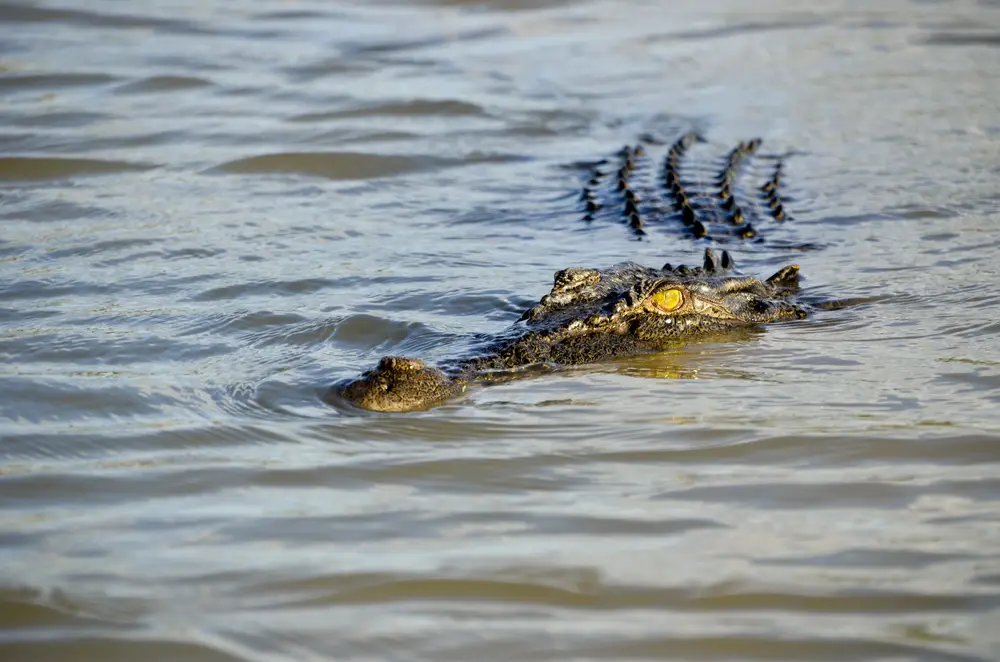
Crocodiles are some of the oldest and most efficient predators, perfectly adapted to life both in water and on land. These prehistoric creatures can be found in parts of Africa, Australia, Southeast Asia, and the southern United States. Particularly, the Nile crocodile and the saltwater crocodile have been reported to occasionally view humans as prey when they enter their territory. The murky waters of the Nile, rivers in northern Australia, and estuaries in Southeast Asia are often prime locations for close encounters with these formidable hunters.
When visiting regions known for crocodile activity, it’s vital to stay vigilant near any water bodies. Swimming in areas known for crocodile habitation is strongly discouraged, and keeping a safe distance from the water’s edge is a basic yet crucial precaution. Local guides and park rangers often have the most up-to-date information about safe areas and recent crocodile activity. Crocodiles are ambush predators, so they can strike with little warning, making them particularly dangerous. Traveling with a local expert can significantly reduce the risk of an unwanted encounter.
3. Tigers: Silent Hunters of the Jungle
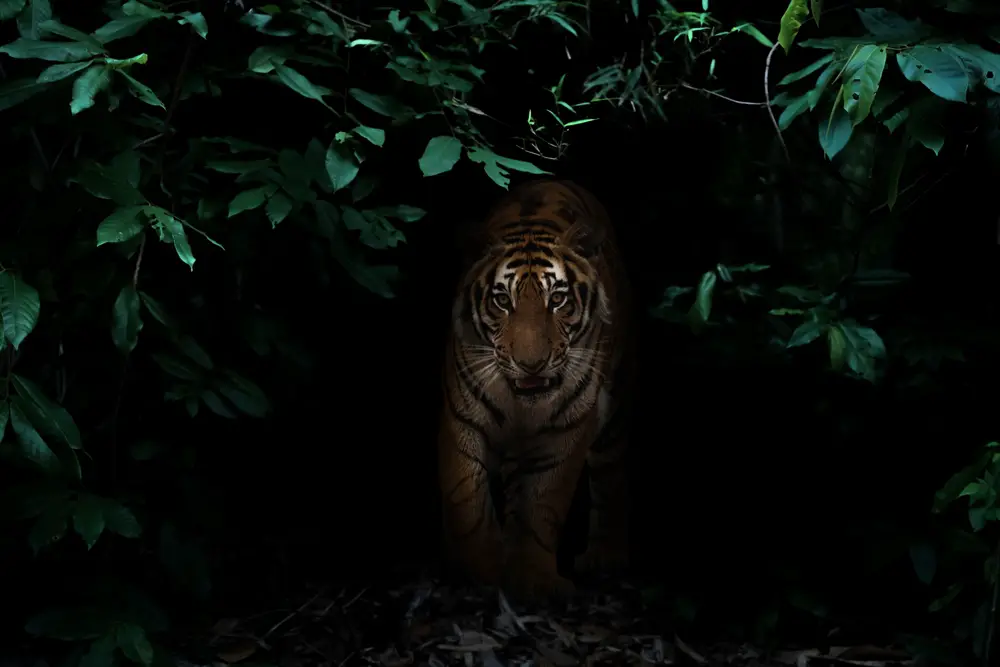
Tigers are powerful and majestic creatures, revered and feared in equal measure across the world. While generally not known for hunting humans, there have been instances, particularly with the Bengal tiger, where humans become prey. This is especially true in the Sundarbans, a vast mangrove forest shared by India and Bangladesh, where the dense environment and traditional fishing practices bring humans into close quarters with these predators. The World Wildlife Fund notes that human-tiger conflict is a significant concern in this region, and efforts are being made to mitigate these encounters.
If you’re planning a trip to tiger territory, be sure to take all necessary precautions. Always travel with experienced guides who understand tiger behavior and can keep you safe. Avoid isolated areas where tigers might roam, and make noise to ensure you don’t startle one unexpectedly. Most importantly, stay informed about the local wildlife conservation efforts, as these are often the best source of advice and updates on tiger activity. Keeping awareness high and respecting these creatures’ space is crucial to ensuring your safety.
4. Bears: Nature’s Powerful Opportunists
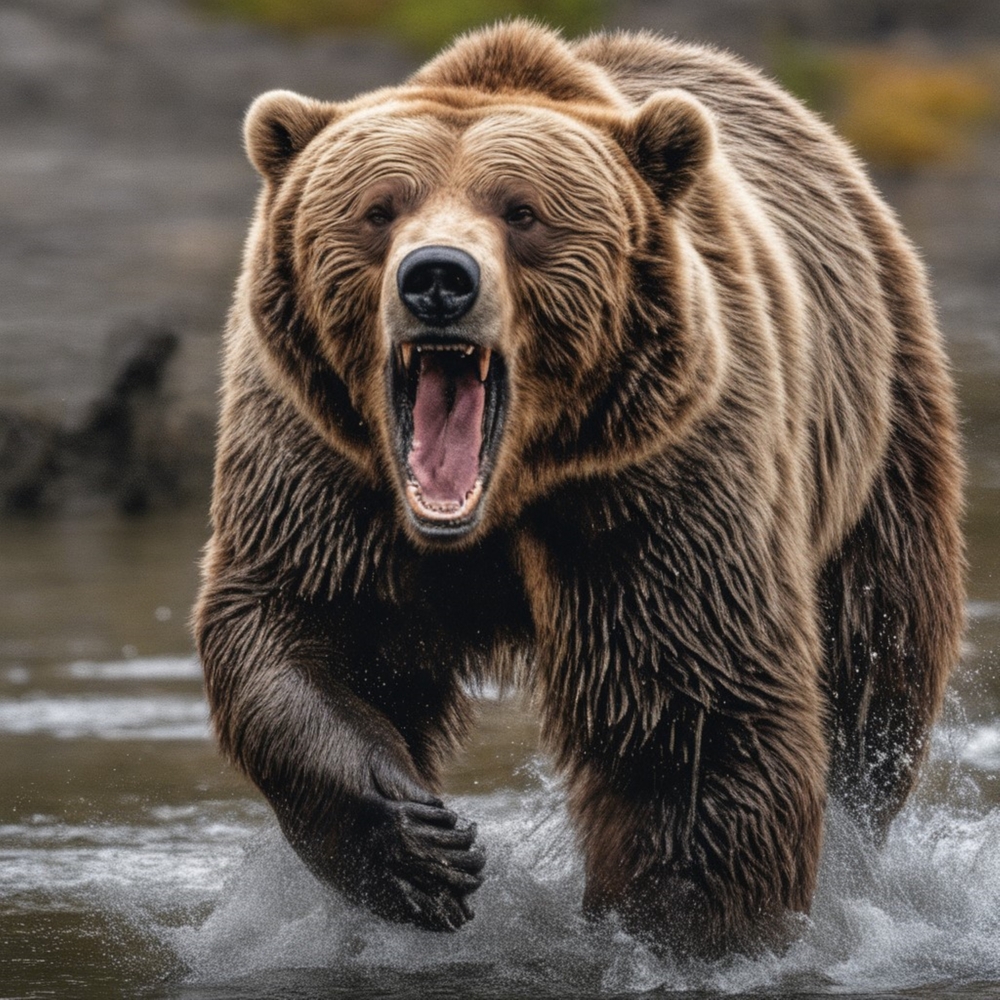
Bears, particularly grizzly and polar bears, can pose a threat to humans under certain conditions. Typically, these animals do not actively hunt humans for food. However, if a bear feels threatened or if it is extremely hungry, it might consider humans as potential prey. Grizzly bears are found in North America, particularly in areas like Alaska and parts of Canada. Polar bears, on the other hand, can be found in the Arctic regions, where they occasionally come into contact with humans, especially as climate change affects their natural hunting grounds.
When venturing into bear country, it is essential to carry bear spray and know how to use it. Traveling in groups and making noise can help to avoid surprising a bear. Food should be stored properly, away from campsites, to prevent attracting bears. Understanding bear behavior can also aid in preventing dangerous encounters. In the event of an encounter, knowing how to react appropriately can be the difference between a safe retreat and a disastrous situation.
5. Sharks: Misunderstood Ocean Predators

Sharks are often depicted as fearsome man-eaters, a reputation that’s largely undeserved. However, certain species, like the great white, tiger, and bull sharks, have been known to attack humans. In reality, these attacks are usually cases of mistaken identity, where the shark confuses a human for its natural prey, such as seals. Coastal waters off places like Australia, South Africa, and parts of the United States, particularly California and Florida, are known hotspots for shark activities.
Swimming in shark-inhabited waters requires vigilance and respect for the ocean. Swimming at dawn or dusk should be avoided, as this is when sharks are most active. It’s also advisable to steer clear of areas with fishing activity, as this can attract sharks. Wearing shiny jewelry or bright clothing can reflect light and resemble fish scales, potentially drawing a curious shark’s attention. Observing local beach warnings and advisories is critical for staying safe in these waters.
6. Wolves: The Nighttime Stalkers
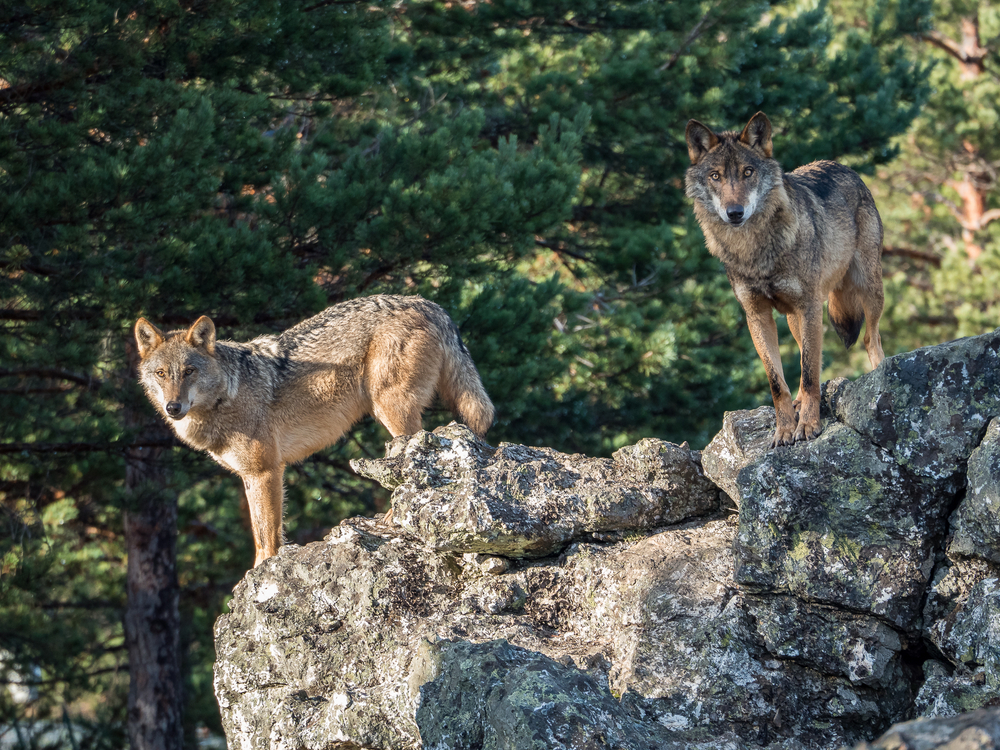
Wolves, often portrayed as menacing in folklore, rarely hunt humans. However, in areas where their natural prey is scarce, wolves have been known to attack humans. Such incidents have been documented in remote areas of Canada, Russia, and parts of Eastern Europe. Generally, these attacks are driven by desperation rather than predation. Wolves are intelligent and tend to avoid humans unless provoked or threatened.
Traveling in wolf territory requires a strong understanding of their behavior. Making noise and traveling in groups can help deter wolves from approaching. It’s important to secure food properly while camping, as the smell can attract them. If faced with a wolf, standing your ground and appearing larger can help discourage any aggressive behavior. Encounters with wolves are rare, and these majestic creatures mostly prefer their natural prey.
7. Komodo Dragons: The Lurking Reptiles
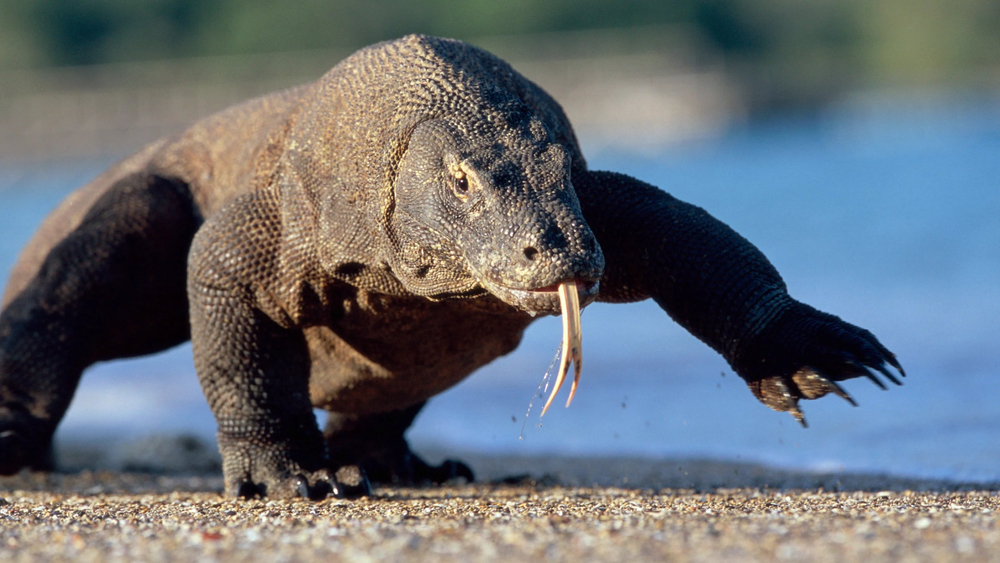
Komodo dragons, the largest lizards on Earth, are native to a few Indonesian islands. While they primarily feed on carrion and smaller animals, their powerful bite and toxic saliva make them formidable predators. There have been instances where these dragons have attacked humans, primarily when they feel threatened or in search of food. On the islands of Komodo, Rinca, and Flores, these lizards roam freely, and locals are well aware of their presence.
Visitors to Komodo National Park must be vigilant and respect the rules set by park authorities. Guided tours are the safest way to observe these creatures in their natural habitat. It’s crucial to maintain a safe distance, as these reptiles are surprisingly quick and strong. Food should never be carried openly, as the scent can attract a curious dragon. Understanding the behavior of Komodo dragons is essential for anyone venturing into their territory.
8. Leopards: Stealthy Predators of the Night
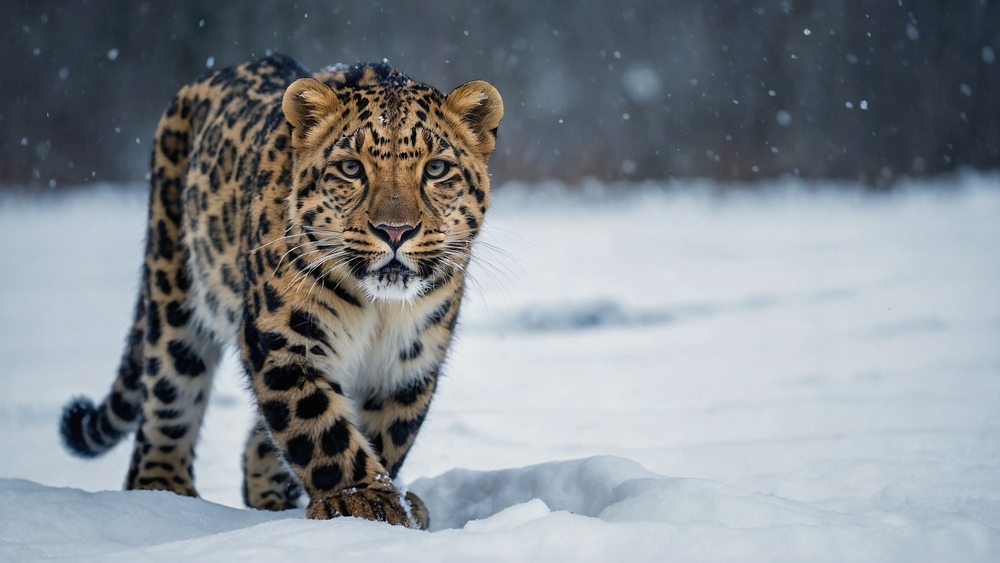
Leopards, known for their adaptability and stealth, are some of the most elusive big cats. In certain regions of India and Africa, leopards have been known to target humans, often when their natural habitat overlaps with human settlements. These encounters can occur when leopards are pushed out of their territories due to deforestation or urbanization. In places like the Indian states of Maharashtra and Uttarakhand, reports of leopard attacks occasionally make headlines.
When in leopard territory, it’s important to be cautious, especially at night when they are most active. Lighting up the surroundings and making noise can deter leopards from approaching. Traveling in groups and avoiding isolated areas can reduce the risk of an encounter. Understanding and respecting their space is crucial, as leopards are more likely to attack if they feel cornered or threatened. Being informed about local wildlife activity is key to staying safe.
9. Hyenas: The Opportunistic Scavengers
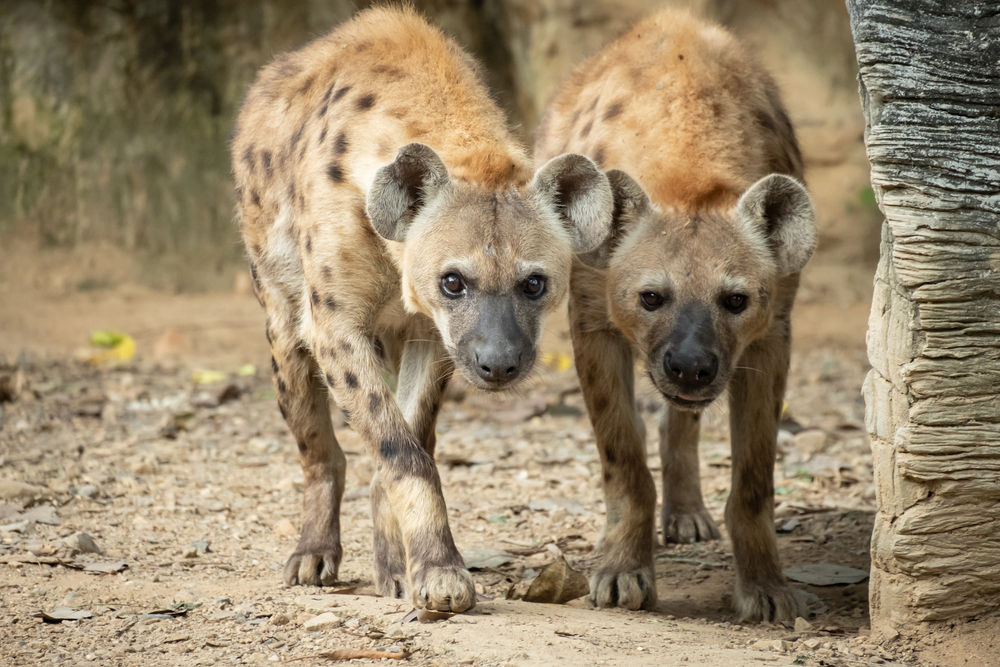
Hyenas are often misunderstood and portrayed as mere scavengers, but they are capable hunters in their own right. In parts of Africa, particularly in regions like Ethiopia, there have been reports of hyenas preying on humans. These animals are opportunistic and might attack if they perceive a human as vulnerable or when desperate for food. Hyenas are usually more active at night, which is when most encounters occur.
Traveling in areas known for hyena activity requires extra caution, especially after dark. Securing food and livestock and maintaining a well-lit environment can help deter these nocturnal predators. Being aware of the local hyena population and their recent activity can provide valuable insights for safety. While hyenas generally avoid humans, understanding their behavior can help prevent any potentially dangerous encounters. It’s important to respect their role in the ecosystem as both scavengers and predators.
10. Wild Boars: Aggressive When Provoked
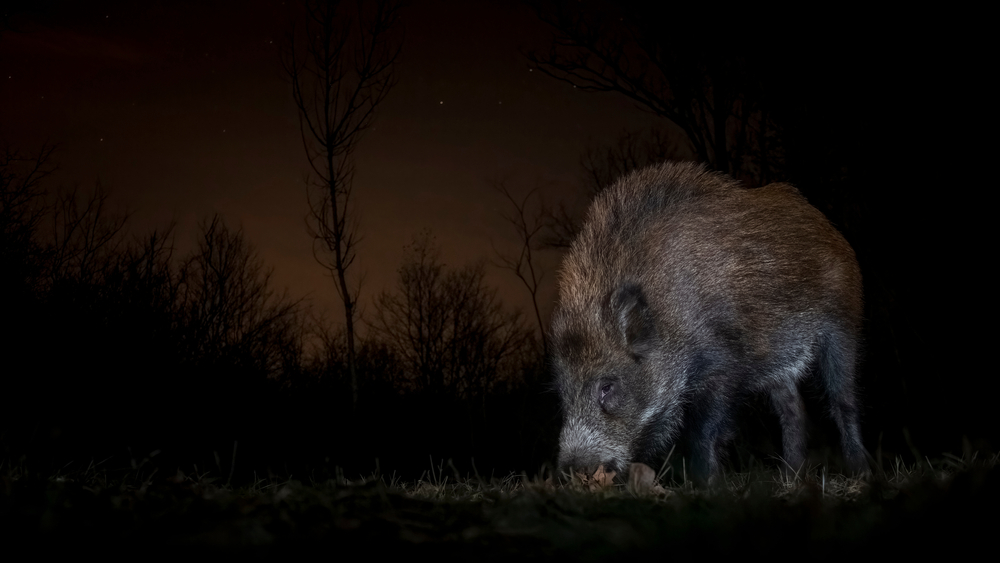
Wild boars, with their sharp tusks and powerful bodies, can be aggressive when threatened or provoked. These animals are known to live in various parts of Europe, Asia, and even parts of North America. While they typically avoid humans, they have been known to attack when cornered or surprised. In areas with large wild boar populations, such as rural parts of Germany and Italy, encounters do happen.
When in wild boar territory, it’s best to remain calm and avoid sudden movements if you come across one. Back away slowly and give them plenty of space to retreat. Keeping food secure and avoiding areas where they are known to forage can minimize the risk of an encounter. It’s crucial to remember that while wild boars are not typically aggressive, they will defend themselves if they feel threatened. Being aware of their habits and habitats can help keep you safe.
11. Jaguars: The Reclusive Forest Dwellers
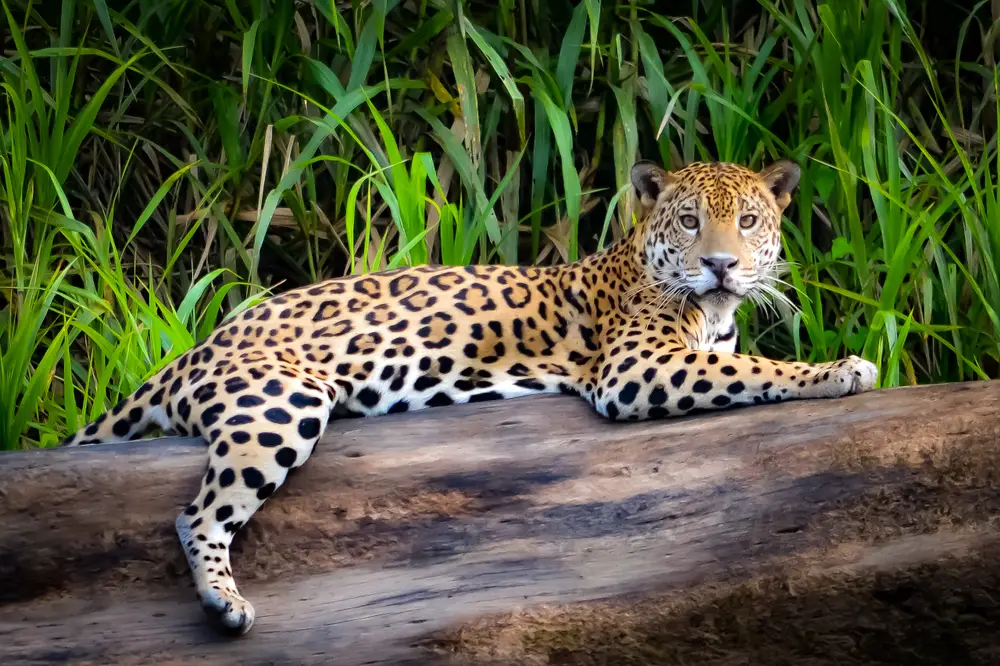
Jaguars are powerful predators that roam the dense forests of the Amazon and parts of Central America. Although they rarely attack humans, there have been isolated cases where jaguars have viewed humans as prey. This behavior is more likely to occur in areas where jaguar habitats overlap significantly with human activity. In the remote jungles of Brazil and Peru, these encounters, though rare, are a reminder of the jaguar’s place in the food chain.
When exploring jaguar territories, it’s essential to travel with experienced local guides who understand the nuances of jaguar behavior. Making noise to avoid surprising a jaguar can reduce the risk of an encounter. Observing from a safe distance and respecting the jaguar’s space is crucial, as these solitary animals prefer to avoid humans. Staying informed about local wildlife conditions and potential hazards can help ensure a safe and rewarding experience in these breathtaking environments.
12. Elephants: Gentle Giants with Powerful Defenses
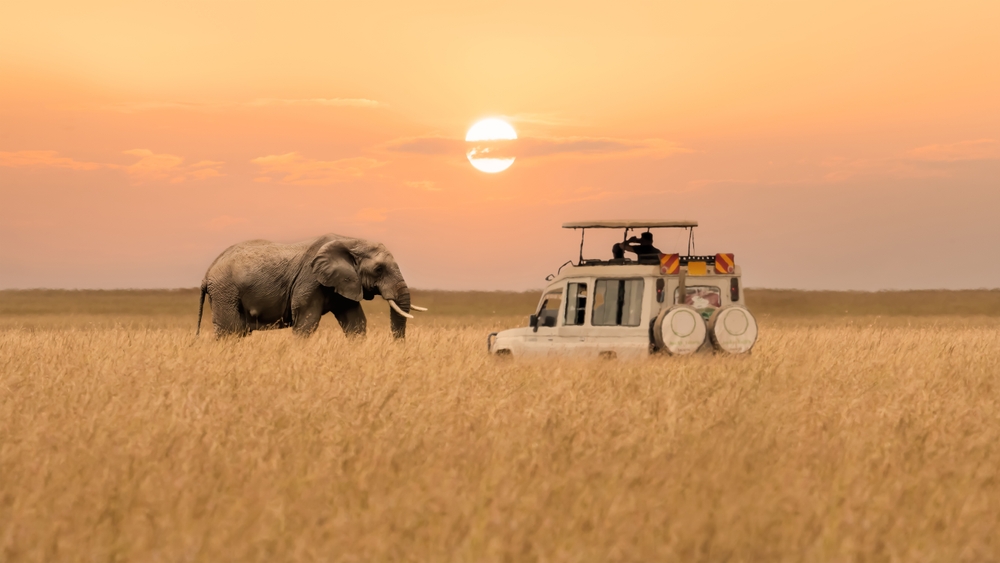
Elephants, often seen as gentle giants, can become dangerous when threatened or provoked. In regions like India and parts of Africa, human-elephant conflicts arise when elephants raid crops or feel encroached upon by human activity. These powerful animals can cause significant harm in defense of their territory or young. While elephants do not hunt humans, their immense size and strength pose significant risks during conflicts.
When in elephant territories, it’s important to respect their space, especially when observing them in the wild. Keeping a safe distance and avoiding sudden movements can prevent unnecessary aggression. Understanding their behavior and signs of agitation can help you stay safe. Traveling with experienced guides and staying informed about local elephant movements can enhance the experience while ensuring safety. Elephants are a vital part of their ecosystem, and respecting their role is key to coexisting peacefully.
13. Cape Buffalo: The Destructive Defenders
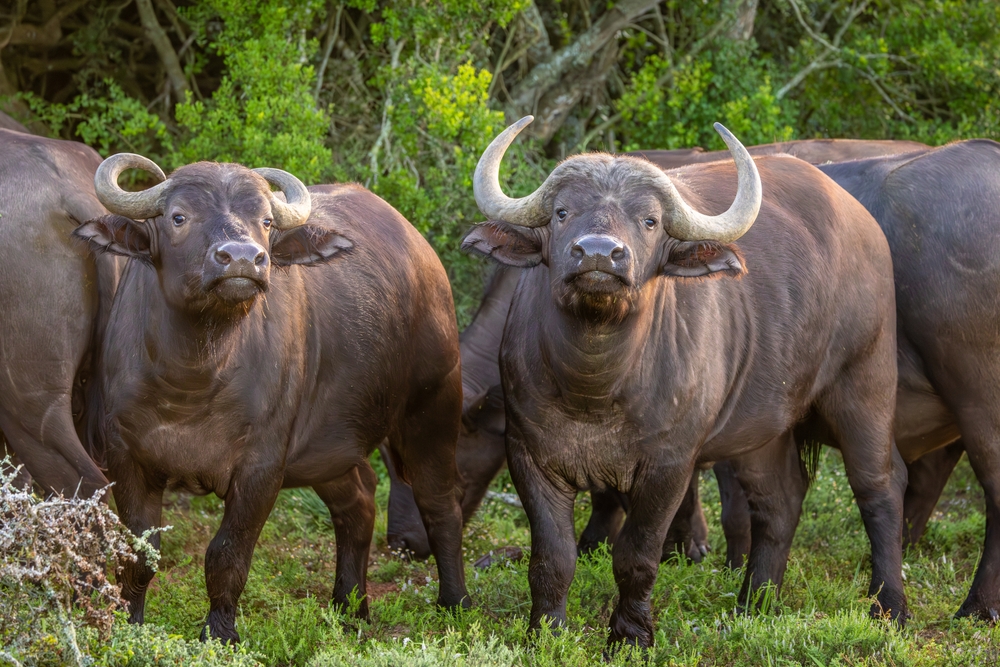
Cape buffaloes, often referred to as “black death” due to their unpredictable nature, are found in the savannas of Africa. Known for their aggressive behavior when threatened, these animals have been known to charge humans. While they do not actively hunt people, their territorial behavior can lead to dangerous encounters. In national parks like Kruger in South Africa, caution is advised when near these formidable creatures.
When in the vicinity of Cape buffalo, it’s important to remain vigilant and maintain a safe distance. Observing from a vehicle or designated viewing area can provide a safer perspective. Avoiding confrontational situations and respecting their space can help prevent aggressive behavior. It’s crucial to follow the guidance of local experts who understand how to safely navigate areas where Cape buffaloes are present. Understanding and respecting the Cape buffalo’s behavior is essential for a safe experience in the African wilderness.
